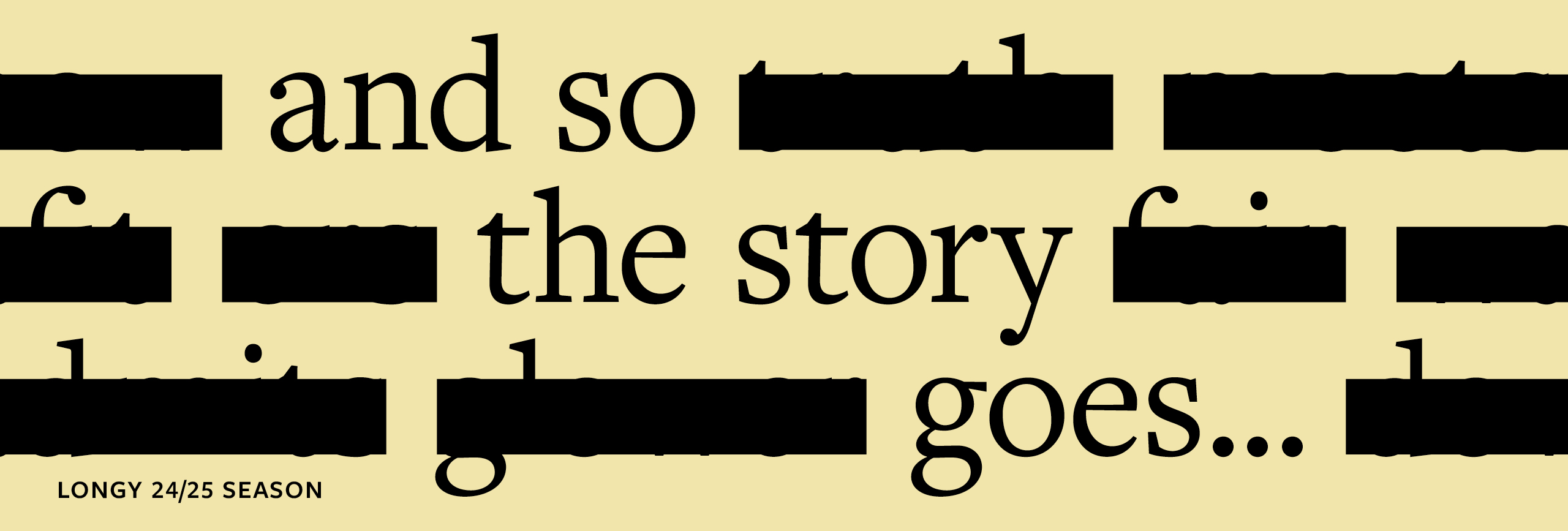Program Notes
1. Mozart’s Violin Sonata in C Major, K303, is a true gem of the classical period. Composed in 1778 during Mozart’s stay in Paris, this sonata belongs to a collection of six violin sonatas written for the talented violinist and composer Jean-Baptiste Cartier. K303, also known as the “Sonata facile” or “Easy Sonata,” exemplifies Mozart’s gift for crafting enchanting melodies within a refined and elegant structure.
2. Johannes Brahms’ Violin Concerto in D minor, Op. 77, is one of the most celebrated and beloved works in the violin repertoire. Completed in 1878, it is widely regarded as one of the most challenging and technically demanding pieces for the instrument.
The concerto is composed of three movements. The first movement, marked “Allegro non troppo,” opens with an orchestral introduction before the solo violin enters with a passionate and virtuosic theme. The movement then transitions to a lyrical and more introspective second theme, which provides a contrast to the first. The movement is marked by the interplay between the solo violin and the orchestra, with both elements building to a dramatic climax.
Throughout the concerto, Brahms displays his mastery of orchestration and his deep understanding of the violin as an instrument. The solo violin is often pitted against the full orchestra, with Brahms utilizing the full range of the instrument to create a rich and varied sonic landscape.
3. William Grant Still, a prominent African American composer of the 20th century, made significant contributions to American classical music. His composition Summerland, written in 1936, stands as a testament to his unique musical voice and his exploration of diverse cultural influences.
Summerland is a beautiful and contemplative piece for violin and piano. It draws inspiration from spirituals and folk melodies, elements that frequently appear in Still’s compositions. The work takes its title from the concept of an idyllic afterlife or a peaceful paradise, represented through Still’s evocative musical language.
From the opening bars, Summerland enchants the listener with its serene and introspective atmosphere. The violin introduces a lyrical melody that soars above the piano’s gentle accompaniment, evoking a sense of tranquility and inner reflection. The piece unfolds with a tender grace, as the violin and piano engage in a dialogue that showcases Still’s gift for rich harmonies and expressive phrasing.
Throughout Summerland, Still masterfully crafts moments of tension and release, balancing moments of introspection with passages of uplifting optimism. The work flows with a sense of fluidity, as the violin and piano weave together, evoking a contemplative journey that resonates deeply with the listener.
4. Eugène Ysaÿe’s Poème Élégiaque in D minor, Op. 12, is a hauntingly beautiful piece for solo violin. Composed in 1892, it is one of Ysaÿe’s earliest works and showcases his exceptional skill as both a composer and a violinist.
The piece begins with a mournful melody played by the solo violin, accompanied by rich, dark chords in the lower register of the instrument. The theme is then developed and elaborated upon, building in intensity and complexity as the piece progresses. The violinist is challenged to navigate intricate passages and virtuosic runs, showcasing their technical prowess.
Throughout the piece, Ysaÿe explores a range of emotions, from sadness and longing to anger and despair. The music is at times turbulent and intense, with rapid runs and dramatic shifts in dynamics. Yet, it is also deeply introspective and contemplative, with moments of quiet reflection and introspection.
The Poème Élégiaque is a testament to Ysaÿe’s exceptional talent as a composer and his ability to push the limits of the violin as an instrument. It is a work of great depth and complexity, and one that continues to captivate and inspire audiences today.
A violinist, educator, chamber and orchestra performer, Ainur Tulendiyeva is a passionate performer of the orchestral canon.
As an educator she believes that every child can derive great benefit from the brain-building power of music lessons!
Ainur completed her pedagogy course with honors while she studying towards her bachelor’s degree and opened her private studio while teaching at the Tulebaev School of Music in Almaty, Kazakhstan. Later, She was invited to teach at the Kunming College of the Arts, in Kunming China.
In addition to performing, Ainur succeeded at orchestra auditions such as National Symphony Orchestra of Kazakhstan. Meanwhile, she was invited to the leading chamber orchestra of Kazakhstan “Camerata of Kazakhstan”. After “Camerata of Kazakhstan” she moved to China and performed with Kunming International Philharmonic. In Kunming, China where she stayed for two seasons.
Ainur started playing violin at the age of five and graduated from the Republican Specialized Music School for gifted children. She graduated from Kazakh National Conservatory with a bachelor’s degree where she studied on full scholarship. Ainur holds a master degree in violin performance from Longy School of Music of Bard College.



